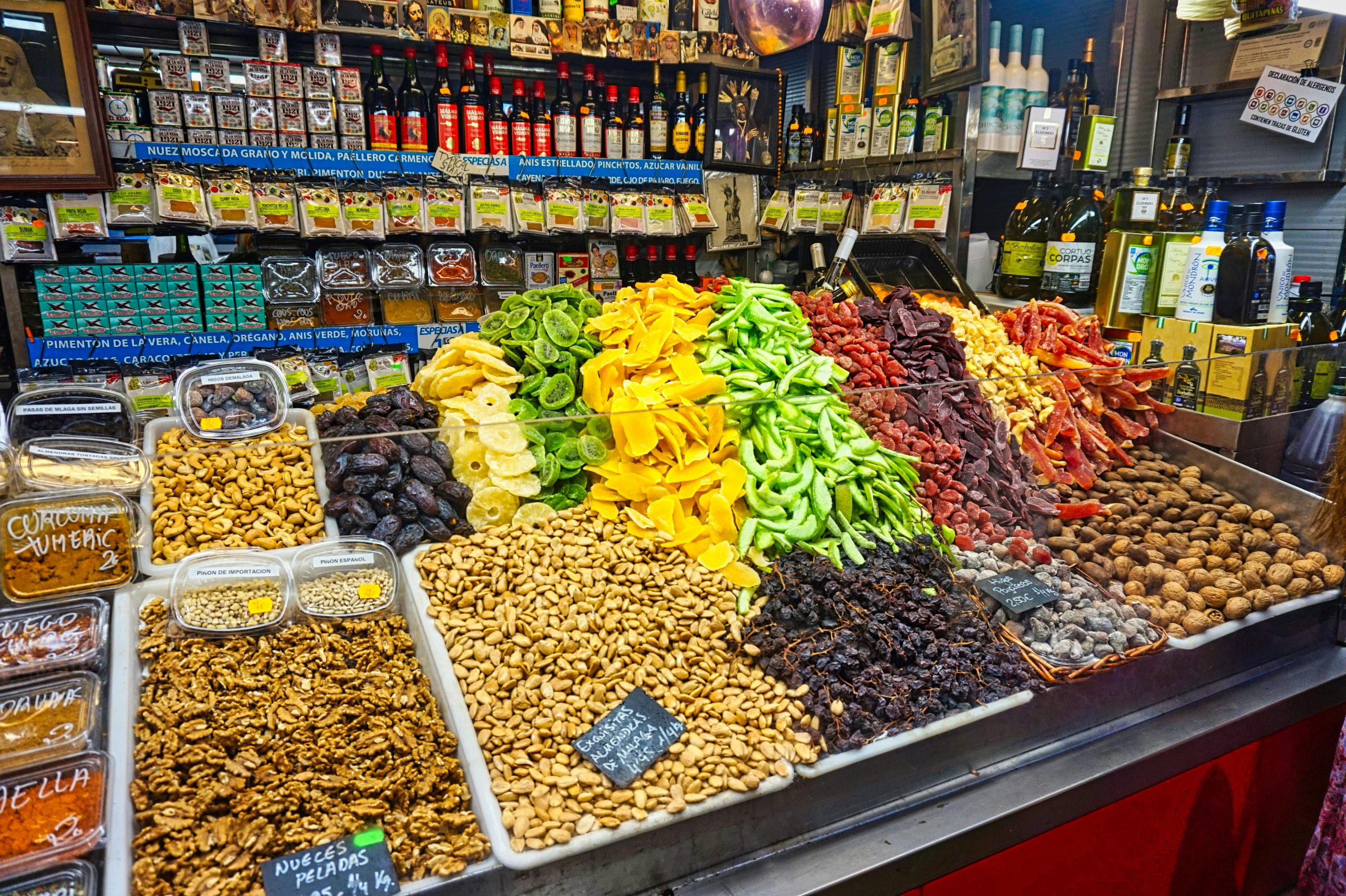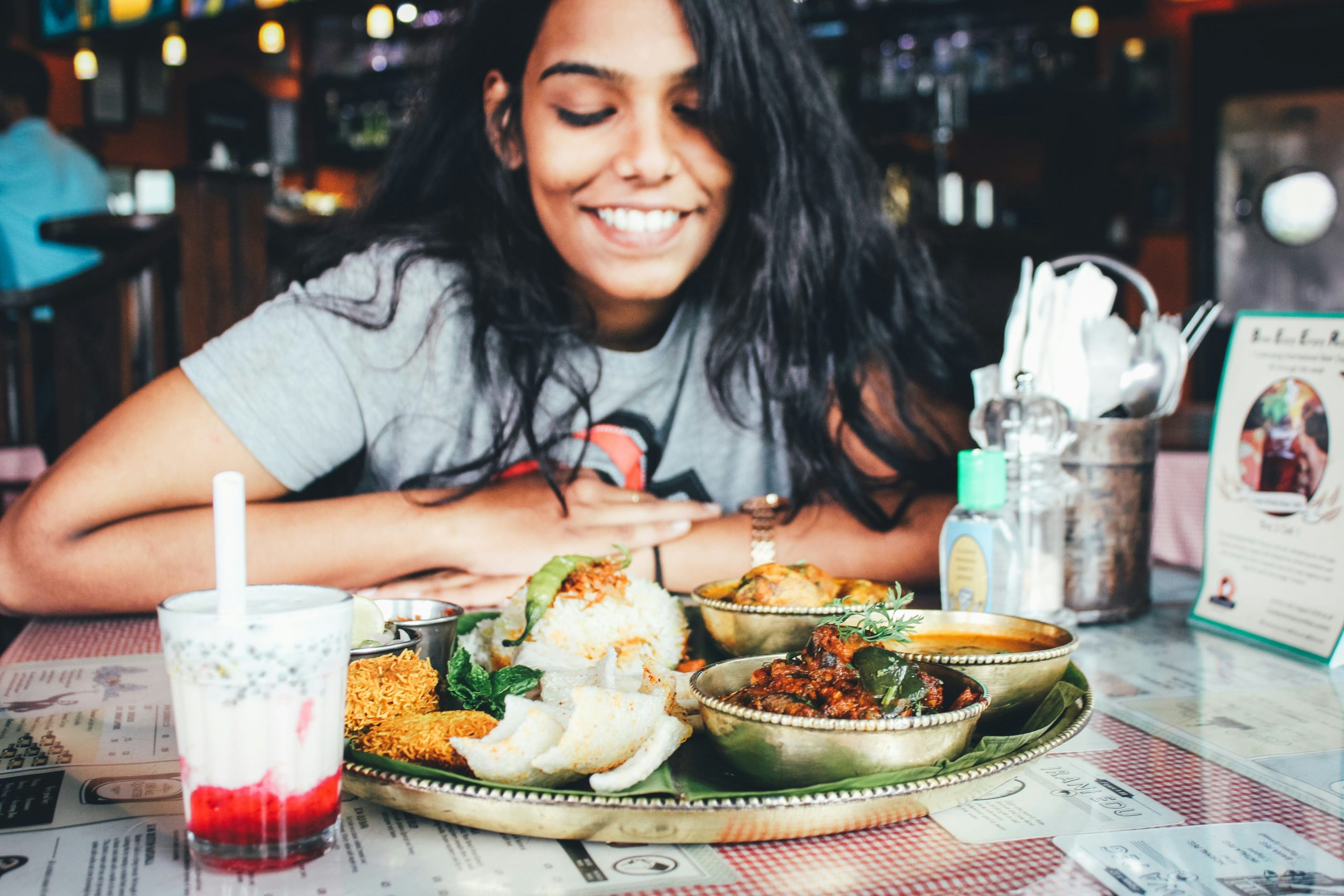How to Eat Vegan/Vegetarian While Traveling the Americas
Three years ago, I stood in a bustling market in Cusco, Peru, completely overwhelmed. The vibrant colors of quinoa varieties I’d never seen before surrounded me, while vendors called out in rapid Spanish about their produce. As a committed vegan, I was excited but honestly terrified—would I be able to maintain my plant-based lifestyle while exploring South America?
That moment transformed my entire approach to travel. What I discovered over the following months completely changed my perspective on vegan travel across the Americas. Spoiler alert: it’s not just possible to eat incredibly well as a vegan or vegetarian while traveling from Alaska to Argentina—it’s absolutely spectacular.
Why the Americas Are Perfect for Plant-Based Travel
The Americas offer an incredible diversity of indigenous plant-based traditions that predate European colonization. From ancient Mayan bean and corn combinations to Incan quinoa preparations, these continents have been perfecting plant-based nutrition for millennia.
Here’s what genuinely excites me about plant-based travel across the Americas: the sheer variety is mind-blowing. I’ve savored perfectly spiced black bean tacos in Mexico City, discovered incredible tempeh variations in Canadian health food stores, and—this still gives me chills—experienced the most flavorful lentil stews in Colombian mountain towns where locals treated plant-based eating as completely normal.
“The key isn’t just finding vegan food while traveling—it’s discovering how different cultures have been creating incredible plant-based dishes for centuries. The Americas are absolutely loaded with these traditions.”
But let’s be completely honest here. My first few attempts at vegan travel were pretty disastrous. I made every rookie mistake possible: not learning basic food vocabulary, assuming Western-style vegan options would be available everywhere, and—this was particularly embarrassing—not researching regional specialties beforehand.
The turning point came during a conversation with a local chef in Guatemala who explained how traditional Mayan cuisine was naturally plant-focused. That conversation opened my eyes to something crucial: instead of trying to impose my Western vegan expectations on local food cultures, I needed to discover the incredible plant-based traditions that already existed.
Americas Plant-Based Diversity Fact
The Americas are home to over 40,000 edible plant species, with indigenous communities having cultivated advanced plant-based nutrition systems for over 8,000 years. Countries like Peru alone contain more biodiversity than entire continents elsewhere.
What really strikes me about traveling plant-based across the Americas is how it connects you more deeply with local food cultures. When you’re seeking out traditional plant-based dishes, you end up having conversations with market vendors, home cooks, and restaurant owners that most tourists never experience.
I remember sitting in a family-run restaurant in rural Ecuador, trying to explain my dietary preferences through broken Spanish and enthusiastic gestures. The grandmother—who spoke no English—disappeared into the kitchen and returned with the most incredible quinoa and vegetable stew I’d ever tasted. She was beaming with pride, and I was practically crying from how delicious it was.
South American Plant-Based Treasures
South America honestly blew my mind. I’d expected it to be challenging for plant-based eating, but it turned out to be one of the most naturally vegan-friendly regions I’ve ever explored. The key insight that changed everything for me was realizing that many traditional South American dishes are accidentally vegan—you just need to know what to look for.
Peru became my absolute favorite destination for plant-based travel. The country’s incredible biodiversity means you’ll encounter ingredients that simply don’t exist elsewhere. I spent hours in Lima’s markets, completely fascinated by varieties of potatoes, quinoa, and beans I’d never seen before1.
Must-Try Peruvian Plant-Based Dishes
- Quinoa chaufa (Peruvian-style fried quinoa)
- Papa rellena (stuffed potatoes with vegetables)
- Tacu tacu (rice and bean mixture)
- Anticuchos de corazón de alcachofa (grilled artichoke hearts)
Colombia surprised me completely. I’d heard mixed things about plant-based options there, but Bogotá has an incredible vegetarian scene that’s been growing rapidly. The thing that really got me excited was discovering how traditional Colombian cuisine incorporates legumes and vegetables in ways that feel completely natural, not like Western vegan substitutions.
Actually, let me share something that still makes me laugh. In Medellín, I walked into a restaurant and asked—in my terrible Spanish—if they had any vegetarian options. The server looked confused for a moment, then brought out a menu section I hadn’t noticed: “Platos Tradicionales Vegetarianos.” Turns out, they had an entire section of traditional Colombian vegetarian dishes that had been around for generations2.
| Country | Best Plant-Based Cities | Traditional Dishes | Market Recommendations |
|---|---|---|---|
| Peru | Lima, Cusco, Arequipa | Quinoa preparations, potato varieties | Mercado San Pedro, Surquillo |
| Colombia | Bogotá, Medellín, Cali | Sancocho vegetariano, arepas | Paloquemao, Minorista |
| Chile | Santiago, Valparaíso | Humitas, empanadas de verduras | La Vega Central |
| Argentina | Buenos Aires, Córdoba | Locro, milanesas de berenjena | Mercado San Telmo |
Brazil deserves special mention because the plant-based scene there is absolutely exploding. São Paulo has become one of the most vegan-friendly cities in the world, which honestly shocked me. I spent a week there and never had trouble finding incredible plant-based options, from traditional feijoada made with mushrooms instead of meat to contemporary vegan fine dining that rivals anything I’ve had in New York or London.
“Brazil’s plant-based movement is experiencing unprecedented growth, with São Paulo leading the charge. The city now has over 200 exclusively vegetarian restaurants, many focusing on traditional Brazilian cuisine with plant-based adaptations.”
But here’s something that really opened my eyes: the smaller cities and rural areas often have the most authentic plant-based experiences. In a tiny mountain town in Ecuador, I discovered that the local specialty was a hearty lentil and vegetable stew that had been prepared the same way for generations. The ingredients were all grown within a few kilometers of the restaurant, and the flavors were absolutely incredible.
Argentina: Beyond the Stereotypes
Everyone warned me about Argentina. “It’s all about beef,” they said. “You’ll starve as a vegan.” Honestly, I was pretty nervous before arriving in Buenos Aires. But you know what? Those people were completely wrong about the reality of plant-based eating in Argentina today.
Buenos Aires has an incredibly sophisticated vegetarian and vegan scene that’s been growing rapidly over the past decade. The city now has dedicated vegan neighborhoods where you can find everything from traditional Argentine dishes made plant-based to international cuisine that happens to be vegan3.

Central American Vegetarian Delights
Central America completely changed my perspective on accessible plant-based travel. I’d assumed it would be challenging, but the region’s incredible biodiversity and indigenous food traditions make it surprisingly easy to eat well as a vegan or vegetarian. Plus, the prices are absolutely unbeatable—I was eating incredible meals for under $3 in many places.
Guatemala became one of my absolute favorite destinations for plant-based eating. The country’s Mayan heritage means that traditional dishes often center around beans, corn, and vegetables in combinations that are naturally complete proteins. I spent weeks exploring local markets and family-run restaurants, discovering preparation methods that had been perfected over centuries.
Central American Plant-Based Staples
- Gallo pinto (rice and beans) – found throughout the region
- Pupusas filled with cheese alternatives or vegetables
- Plantain preparations in countless varieties
- Fresh tropical fruits that don’t exist elsewhere
Mexico deserves its own separate discussion because the plant-based options there are absolutely incredible. I’ve traveled throughout Mexico extensively, and I’m consistently amazed by how naturally vegan-friendly traditional Mexican cuisine can be. The key is understanding regional variations and knowing how to navigate local food customs.
What really excites me about Mexican plant-based eating is the incredible variety of chiles, beans, and vegetables that are used in traditional preparations. I remember visiting a market in Oaxaca where I counted over 20 different varieties of dried chiles, each with distinct flavor profiles that could transform simple bean and vegetable dishes into complex, satisfying meals4.
“Mexican cuisine offers one of the world’s most sophisticated plant-based culinary traditions, with indigenous communities having developed complex flavor combinations using local ingredients for thousands of years.”
Costa Rica surprised me with its incredibly health-conscious approach to food. The country has a growing awareness of plant-based nutrition, and many restaurants now offer dedicated vegetarian sections on their menus. But what really impressed me was how fresh and flavorful everything tasted—when your ingredients are picked the same day you eat them, even simple preparations become extraordinary.
Navigating Language Barriers
Here’s something I learned the hard way: knowing basic food vocabulary in Spanish will transform your plant-based travel experience. I spent my first few trips pointing at menus and hoping for the best, but once I learned key phrases, everything became so much easier and more enjoyable.
- Learn to say “soy vegetariano/a” (I’m vegetarian) or “no como carne” (I don’t eat meat)
- Understand that “sin carne” means “without meat” – crucial for ordering
- Know that “vegano” is becoming more widely understood in urban areas
- Carry a translation card explaining your dietary requirements
North American Vegan Hotspots
North America obviously has the most developed vegan infrastructure, but what really interests me is how different cities have developed their own unique plant-based food cultures. I’ve spent considerable time exploring vegan scenes across the United States and Canada, and the diversity is absolutely remarkable.
Portland, Oregon, remains one of my favorite cities for plant-based eating anywhere in the world. The city’s commitment to local, sustainable food systems creates an environment where plant-based eating feels completely natural and integrated into the broader food culture. I’ve never been to another city where vegan options are so seamlessly integrated into mainstream dining.
But here’s what really gets me excited: smaller cities and unexpected places are developing incredible plant-based scenes. I recently discovered amazing vegan restaurants in places like Asheville, North Carolina, and Burlington, Vermont, that rival anything I’ve found in major metropolitan areas5.
Canada has been developing its plant-based food scene rapidly, and cities like Toronto, Vancouver, and Montreal now have incredibly sophisticated vegan restaurants that showcase both international cuisines and uniquely Canadian approaches to plant-based eating. What I find particularly interesting is how Canadian cities are incorporating indigenous food traditions into contemporary plant-based cuisine.
Actually, let me share something that really changed my perspective on North American plant-based travel. I used to focus exclusively on cities when planning trips, but some of my most memorable plant-based meals have been in smaller towns and rural areas where local farmers and restaurants work together to create incredible farm-to-table experiences.
Essential Travel Preparation
After years of plant-based travel across the Americas, I’ve developed a preparation system that makes every trip smoother and more enjoyable. The key is balancing thorough preparation with flexibility to discover unexpected culinary adventures.
Pre-Travel Preparation Checklist
- Research traditional plant-based dishes in your destination
- Download offline translation apps with food vocabulary
- Pack emergency snacks and supplements
- Identify local markets and health food stores
- Connect with local vegan communities online
One strategy that’s been game-changing for me is connecting with local plant-based communities before I travel. Facebook groups, Instagram hashtags, and apps like HappyCow have helped me discover incredible restaurants and meet local vegans who’ve shared insider tips that transformed my travel experiences6.
Budget-Friendly Strategies
Eating plant-based while traveling doesn’t have to be expensive. In fact, some of my most memorable and affordable meals have been simple preparations from local markets. A bag of fresh tropical fruits, local nuts, and traditional grain and legume combinations can create incredibly satisfying meals for just a few dollars.
What really excites me about budget plant-based travel is how it connects you with local food systems. When you’re shopping at markets and preparing simple meals, you learn about regional ingredients and traditional preparation methods that most tourists never encounter.
Cultural Sensitivity & Local Connections
This is incredibly important to me: approaching plant-based travel with respect for local food cultures and traditions. I’ve learned that the most meaningful travel experiences come from genuine curiosity about how different cultures approach plant-based eating, rather than trying to impose Western vegan expectations.
“The most enriching plant-based travel experiences come from embracing local food traditions and understanding how different cultures have developed their own approaches to plant-centered eating.”
Looking back on years of plant-based travel across the Americas, what strikes me most is how this approach to eating has deepened my cultural connections and understanding. When you’re genuinely interested in traditional plant-based preparations, you end up having conversations and experiences that go far beyond typical tourist interactions.
The Americas offer incredible opportunities for plant-based travelers who approach their journeys with curiosity, preparation, and respect for local food traditions. From ancient indigenous preparations to contemporary vegan innovations, these continents provide endless opportunities for delicious, sustainable, and culturally enriching plant-based travel experiences.
Whether you’re exploring the quinoa traditions of Peru, the bean and rice combinations of Central America, or the innovative plant-based scenes of North American cities, the key is approaching each destination with openness to learning about local food cultures while maintaining your commitment to plant-based eating. The results are absolutely worth the effort—some of the most memorable meals of my life have happened during these travels.
Your Plant-Based Americas Adventure Awaits
Ready to explore the incredible plant-based food cultures of the Americas? Start planning your journey by researching traditional dishes in your chosen destination, connecting with local plant-based communities, and embracing the adventure of discovering new flavors and food traditions.
References



